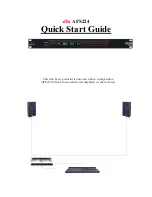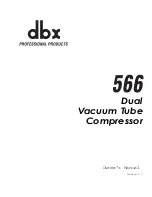
180 liter LN2 Supply Tank 7-3
Thermo Scientific
Section 7
Safety Bulletin
Nitrogen
Nitrogen (inert gas) is a simple asphyxiant. This gas will neither support
nor sustain life and can produce immediate hazardous conditions through
the displacement of oxygen. Under high pressure these gases may produce
narcosis, even though an adequate oxygen supply sufficient for life is
present.
Nitrogen vapors in air dilute the concentration of oxygen necessary to
support or sustain life. Inhalation of high concentrations of these gases can
cause anoxia, resulting in dizziness, nausea, vomiting, or unconsciousness
and possible death. Individuals should be prohibited from entering areas
where the oxygen content is less than 19% unless equipped with a self-
contained breathing apparatus. Unconsciousness and death may occur with
virtually no warning if the oxygen concentration is below approximately
8%. Contact with cold nitrogen or argon liquid can cause cryogenic
(extreme low temperature) burns and freeze body tissue.
Persons suffering from lack of oxygen should be immediately moved to
areas with normal atmospheres.
Self-contained breathing apparatus may
be required to prevent asphyxiation of rescue workers.
Assisted respiration
and supplemental oxygen should be given if the victim is not breathing. If
cryogenic liquid or cold boil-off gas contacts the skin or eyes, the affected
area should be promptly flooded or soaked with tepid water (105-115°F;
41-46° C). Do not use hot water. Cryogenic burns which result in
blistering or deeper tissue freezing should be examined promptly by a
physician.
Additional information on nitrogen gas is available in CGA Pamphlet P-9.
Write to:
Compressed Gas Association, Inc
New York, NY 10110.





































